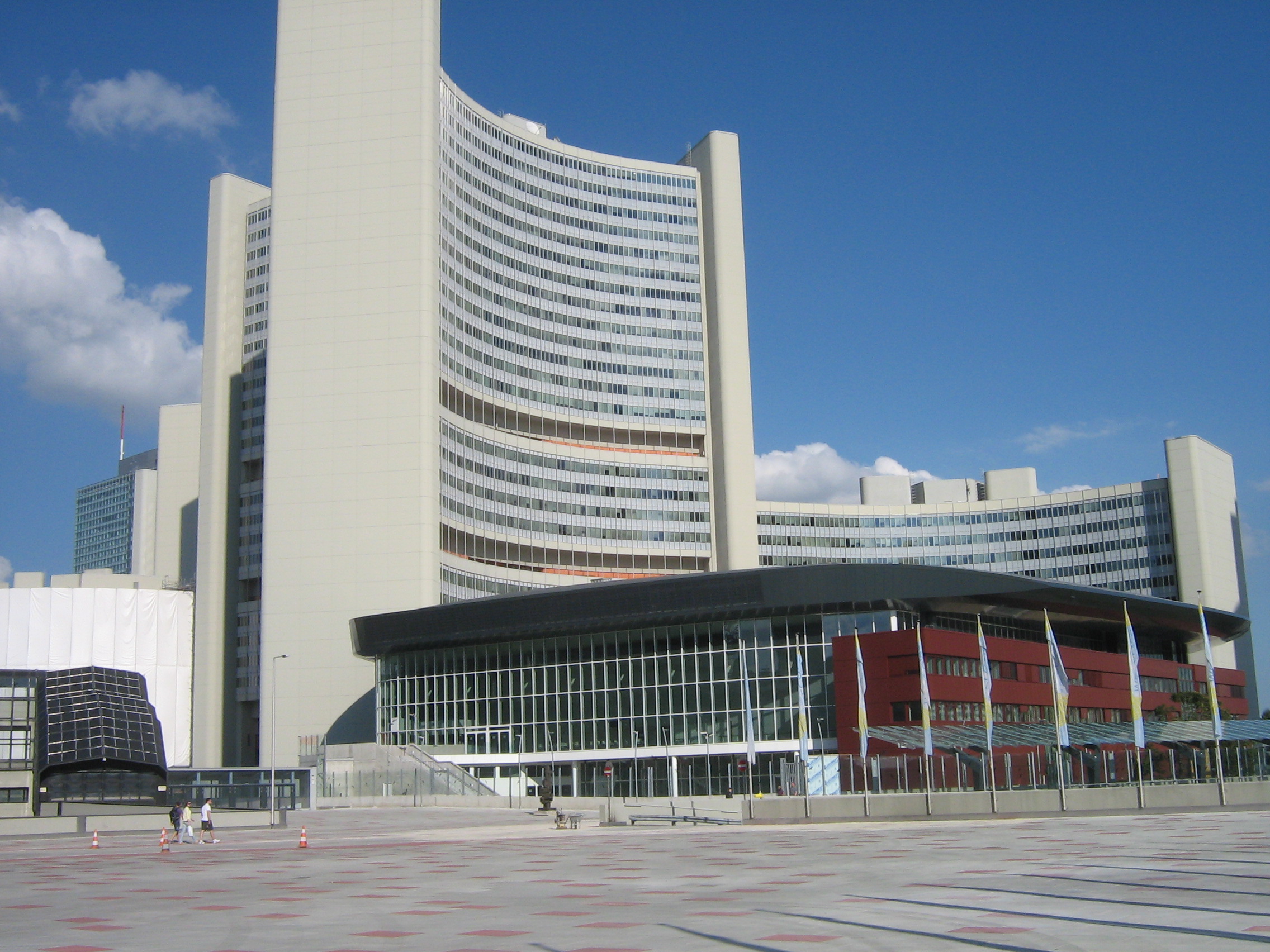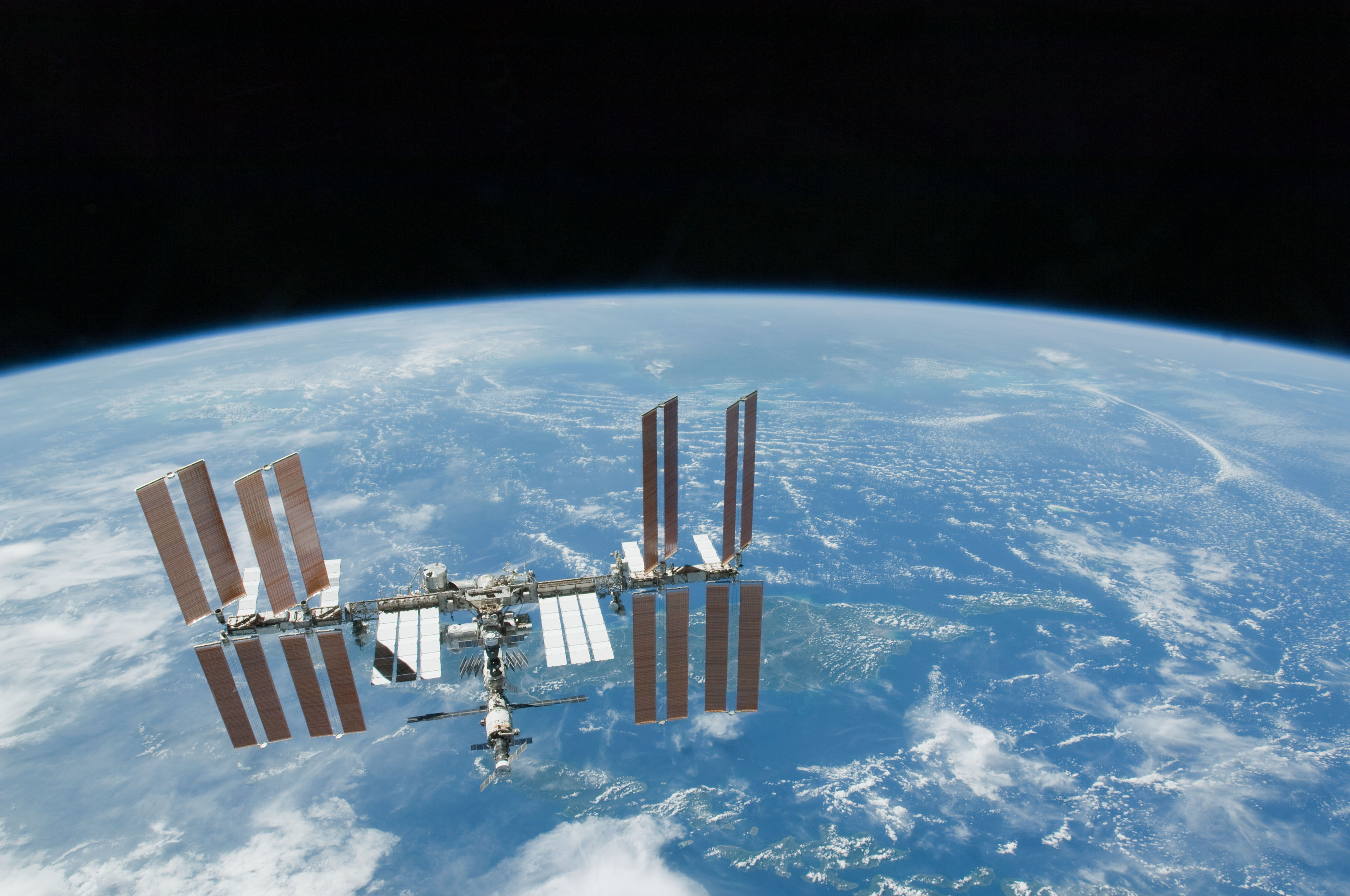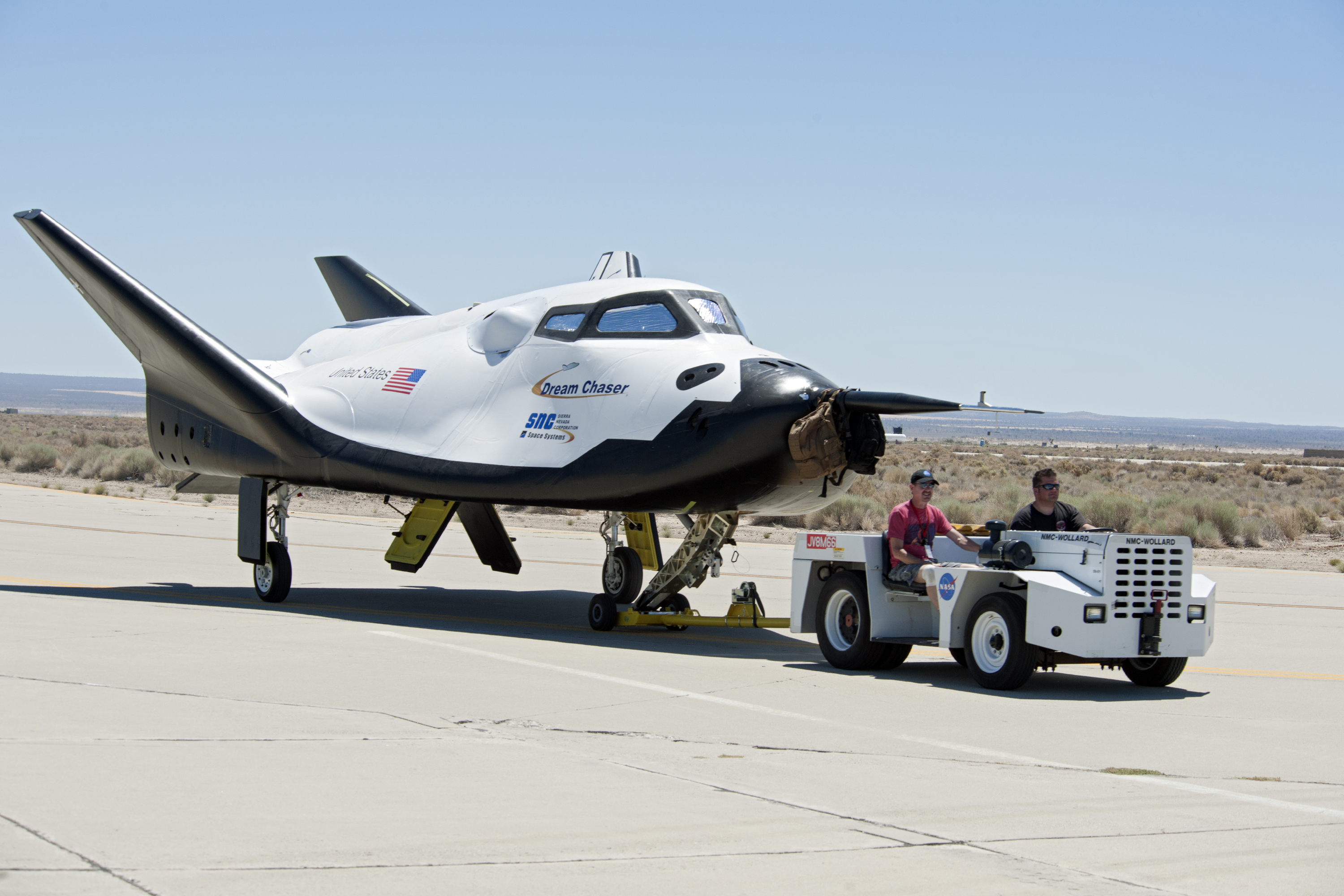|
United Nations Office For Outer Space Affairs
The United Nations Office for Outer Space Affairs (UNOOSA) is an office of the U.N. Secretariat that promotes and facilitates peaceful international cooperation in outer space. It works to establish or strengthen the legal and regulatory frameworks for space activities, and assists developing countries in using space science and technology for sustainable socioeconomic development. The Office was established in 1958 to assist and advise the ''ad hoc'' Committee on the Peaceful Uses of Outer Space (COPUOS), which was established by the UN General Assembly to discuss the scientific and legal aspects of exploring and using outer space to benefit humankind. The Committee became permanent the following year, with UNOOSA undergoing several structural changes before its relocation in 1993 to the United Nations Office in Vienna, Austria. As the secretariat of COPUOS, the Office is responsible for helping implement the major international treaties, legal principles, and General Assemb ... [...More Info...] [...Related Items...] OR: [Wikipedia] [Google] [Baidu] |
Niklas Hedman (Acting)
{{Konin-geo-stub ...
Niklas is a village in the administrative district of Gmina Stare Miasto, within Konin County, Greater Poland Voivodeship, in west-central Poland. It lies approximately south of Stare Miasto, south of Konin, and east of the regional capital Poznań. References Niklas Niklas is a village in the administrative district of Gmina Stare Miasto, within Konin County, Greater Poland Voivodeship, in west-central Poland. It lies approximately south of Stare Miasto, south of Konin, and east of the regional capi ... [...More Info...] [...Related Items...] OR: [Wikipedia] [Google] [Baidu] |
Simonetta Di Pippo
Simonetta Di Pippo is an Italian astrophysicist and the current Director of the United Nations Office for Outer Space Affairs (UNOOSA). She holds a Master’s Degree in Astrophysics and Space Physics from University "La Sapienza", and an Honoris Causa Degree in Environmental Studies, and an Honoris Causa Degree of Doctor in International Affairs. In 2008, the International Astronomical Union (IAU) named asteroid 21887 "dipippo" in honour of her contribution to space activities and in 2006, she was knighted by the President of the Italian Republic Carlo Azeglio Ciampi. She is an Academician of IAA and a member of the World Economic Forum Global Future Council on space technology since 2016. In her career, Simonetta Di Pippo has been active in bridging the gender gap in STEM and the space sector. In 2009, she co-founded Women in Aerospace Europe and in 2017, she became a UN International Gender Champion. Prior to joining UNOOSA, she served as Director of Human Spaceflight at ESA, ... [...More Info...] [...Related Items...] OR: [Wikipedia] [Google] [Baidu] |
Physics
Physics is the natural science that studies matter, its fundamental constituents, its motion and behavior through space and time, and the related entities of energy and force. "Physical science is that department of knowledge which relates to the order of nature, or, in other words, to the regular succession of events." Physics is one of the most fundamental scientific disciplines, with its main goal being to understand how the universe behaves. "Physics is one of the most fundamental of the sciences. Scientists of all disciplines use the ideas of physics, including chemists who study the structure of molecules, paleontologists who try to reconstruct how dinosaurs walked, and climatologists who study how human activities affect the atmosphere and oceans. Physics is also the foundation of all engineering and technology. No engineer could design a flat-screen TV, an interplanetary spacecraft, or even a better mousetrap without first understanding the basic laws of physics ... [...More Info...] [...Related Items...] OR: [Wikipedia] [Google] [Baidu] |
Space Science
Space is the boundless Three-dimensional space, three-dimensional extent in which Physical body, objects and events have relative position (geometry), position and direction (geometry), direction. In classical physics, physical space is often conceived in three linear dimensions, although modern physicists usually consider it, with time, to be part of a boundless four-dimensional Continuum (theory), continuum known as spacetime. The concept of space is considered to be of fundamental importance to an understanding of the physical universe. However, disagreement continues between philosophers over whether it is itself an entity, a relationship between entities, or part of a conceptual framework. Debates concerning the nature, essence and the mode of existence of space date back to antiquity; namely, to treatises like the ''Timaeus (dialogue), Timaeus'' of Plato, or Socrates in his reflections on what the Greeks called ''khôra'' (i.e. "space"), or in the ''Physics (Aristotle), P ... [...More Info...] [...Related Items...] OR: [Wikipedia] [Google] [Baidu] |
UN Committee On The Peaceful Uses Of Outer Space
The United Nations Committee on the Peaceful Uses of Outer Space (COPUOS) is a United Nations committee whose main task is to review and foster international cooperation in the peaceful uses of outer space, as well as to consider legal issues arising from the exploration of outer space. The committee currently has 95 members who meet annually in Vienna, Austria at the Vienna International Centre in June. Additionally, the Scientific and Technical Subcommittee tends to meet in February, while the Legal Subcommittee usually meets in April. History The UN's interest in the peaceful uses of outer space was first expressed in 1957, soon after the launching of the first Sputnik. Its main concern was that space should be used for peaceful purposes and that the benefits from space activities be shared by all nations. Thus, on 13 December 1958, the General Assembly created an ''ad hoc'' Committee on the Peaceful Uses of Outer Space composed of 18 members who were tasked with reporti ... [...More Info...] [...Related Items...] OR: [Wikipedia] [Google] [Baidu] |
Christian Science Monitor
Christians () are people who follow or adhere to Christianity, a monotheistic Abrahamic religion based on the life and teachings of Jesus Christ. The words ''Christ'' and ''Christian'' derive from the Koine Greek title ''Christós'' (Χριστός), a translation of the Biblical Hebrew term '' mashiach'' (מָשִׁיחַ) (usually rendered as ''messiah'' in English). While there are diverse interpretations of Christianity which sometimes conflict, they are united in believing that Jesus has a unique significance. The term ''Christian'' used as an adjective is descriptive of anything associated with Christianity or Christian churches, or in a proverbial sense "all that is noble, and good, and Christ-like." It does not have a meaning of 'of Christ' or 'related or pertaining to Christ'. According to a 2011 Pew Research Center survey, there were 2.2 billion Christians around the world in 2010, up from about 600 million in 1910. Today, about 37% of all Christians live in th ... [...More Info...] [...Related Items...] OR: [Wikipedia] [Google] [Baidu] |
Microgravity
The term micro-g environment (also μg, often referred to by the term microgravity) is more or less synonymous with the terms '' weightlessness'' and ''zero-g'', but emphasising that g-forces are never exactly zero—just very small (on the International Space Station (ISS), for example, the small g-forces come from tidal effects, gravity from objects other than the Earth, such as astronauts, the spacecraft, and the Sun, air resistance, and astronaut movements that impart momentum to the space station). The symbol for microgravity, ''μg'', was used on the insignias of Space Shuttle flights STS-87 and STS-107, because these flights were devoted to microgravity research in low Earth orbit. The most commonly known microgravity environment can be found aboard the ISS which is located in low-earth orbit at an altitude of around 400 km, orbiting Earth approximately 15 times per day in what is considered free fall. The effects of free fall also enable the creation of sh ... [...More Info...] [...Related Items...] OR: [Wikipedia] [Google] [Baidu] |
Sierra Nevada Corporation
Sierra Nevada Corporation (SNC) is an American, privately held aerospace and national security contractor specializing in aircraft modification and integration, space components and systems, and related technology products for cybersecurity and health. The company contracts with the United States Armed Forces, NASA, and private spaceflight companies. SNC is headquartered in Sparks, Nevada and has 33 locations in 19 U.S. states, the United Kingdom, Germany, and Turkey. The company was involved in over 400 successful space missions and built the cargo Dream Chaser, which will resupply the International Space Station with both pressurized and unpressurized cargo. As of July 2020, SNC has taken part in 14 different missions to Mars. History The company was founded in 1963 by John Chisholm with a few employees working out of an airplane hangar in the Reno Stead Airport. It was acquired in 1994 by husband and wife Fatih Ozmen and Eren Ozmen. Fatih Ozmen was one of the original emp ... [...More Info...] [...Related Items...] OR: [Wikipedia] [Google] [Baidu] |
Dream Chaser
Dream Chaser is an American reusable lifting-body spaceplane being developed by Sierra Nevada Corporation (SNC) Space Systems. Originally intended as a crewed vehicle, the Dream Chaser Space System is set to be produced after the cargo variant, Dream Chaser Cargo System, is operational. The crewed variant is planned to carry up to seven people and cargo to and from low Earth orbit. The cargo Dream Chaser is designed to resupply the International Space Station with both pressurized and unpressurized cargo. It is intended to launch vertically on the Vulcan Centaur rocket and autonomously land horizontally on conventional runways. A proposed version to be operated by ESA would launch on an Arianespace vehicle. Spacecraft The Dream Chaser design is derived from NASA's HL-20 Personnel Launch System spaceplane concept, which in turn is descended from a series of test vehicles, including the X-20 Dyna-Soar, Northrop M2-F2, Northrop M2-F3, Northrop HL-10, Martin X-24A ... [...More Info...] [...Related Items...] OR: [Wikipedia] [Google] [Baidu] |
Tiangong Program
The Tiangong program () is China's space program to create a modular space station, comparable to Mir. This program is independent and unconnected to any other international space-active countries. The program is part of the China Manned Space Program that began in 1992. The core module, the '' Tianhe'' ("Harmony of the Heavens") was finally launched on 29 April 2021 marking the start of the Tiangong Space program deployment. China launched its first space laboratory, Tiangong-1, on 29 September 2011. Following Tiangong-1, a more advanced space laboratory complete with cargo spacecraft, dubbed Tiangong-2, was launched on 15 September 2016. The first module of the 12 part new series of Tiangong space station launched on 29 April 2021. The project will culminate with the Tiangong space station, which consist of a 22.6-ton core module and cargo transport craft, with two more major research modules to be launched in 2022. It supports three astronauts for long-term habitati ... [...More Info...] [...Related Items...] OR: [Wikipedia] [Google] [Baidu] |
Chinese Space Program
The space program of the People's Republic of China is directed by the China National Space Administration (CNSA). China's space program has overseen the development and launch of ballistic missiles, thousands of artificial satellites, manned spaceflight, an indigenous space station, and has stated plans to explore the Moon, Mars, and the broader Solar System. The technological roots of the Chinese space program trace back to the 1950s, when, with the help of the newly-allied Soviet Union, China began development of its first ballistic missile and rocket programs in response to the perceived American (and, later, Soviet) threats.DF-1 GlobalSecurity.org. Driven by the successes of Soviet |
International Space Station
The International Space Station (ISS) is the largest Modular design, modular space station currently in low Earth orbit. It is a multinational collaborative project involving five participating space agencies: NASA (United States), Roscosmos (Russia), JAXA (Japan), European Space Agency, ESA (Europe), and Canadian Space Agency, CSA (Canada). The ownership and use of the space station is established by intergovernmental treaties and agreements. The station serves as a microgravity and space environment research laboratory in which Scientific research on the International Space Station, scientific research is conducted in astrobiology, astronomy, meteorology, physics, and other fields. The ISS is suited for testing the spacecraft systems and equipment required for possible future long-duration missions to the Moon and Mars. The International Space Station programme, ISS programme evolved from the Space Station Freedom, Space Station ''Freedom'', a 1984 American proposal to constr ... [...More Info...] [...Related Items...] OR: [Wikipedia] [Google] [Baidu] |






